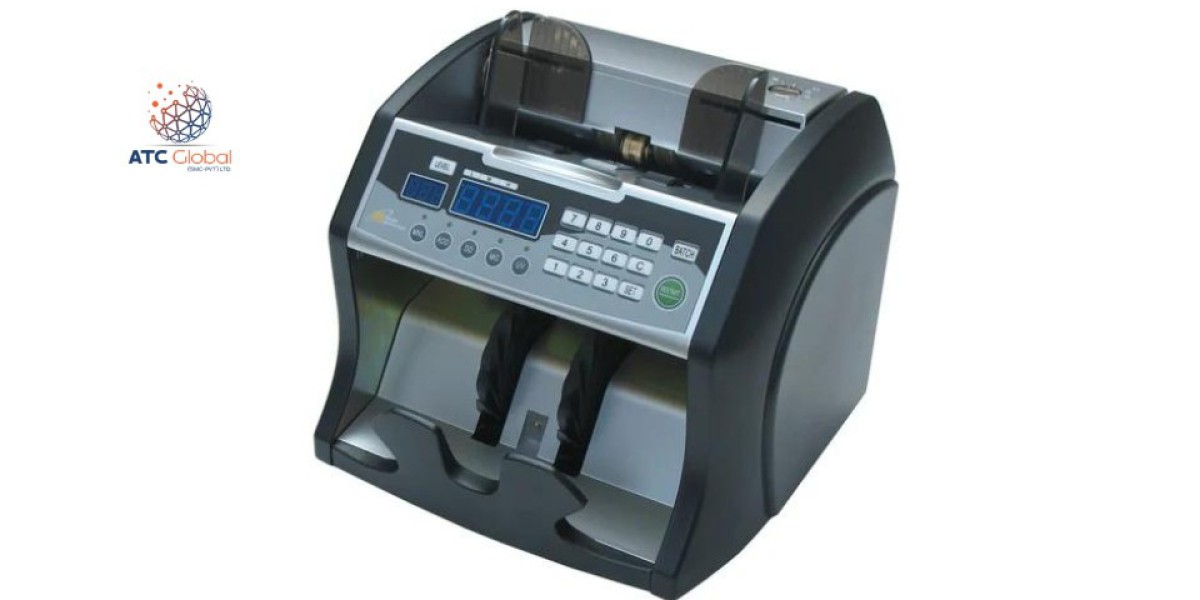In the dynamic realm of project management, a robust framework acts as the guiding force, providing structure, clarity, and a roadmap for successful project execution. Let's delve into the essence of a project management framework, its components, and how it shapes the trajectory of project endeavors.
Defining a Project Management Framework:
At its core, a project management framework is a systematic approach that outlines processes, methodologies, and guidelines for planning, executing, and closing projects. It serves as the scaffolding that supports project managers and teams in navigating the complexities of project lifecycles.
Key Components:
A comprehensive project management framework encompasses key components:
Processes: Sequential steps outlining how to manage the project.
Tools and Techniques: Resources used to execute processes effectively.
Roles and Responsibilities: Clearly defined roles within the project team.
Documentation: Essential for tracking progress and outcomes.
Guidelines: Best practices and rules for seamless project operation.
Benefits of a Project Management Framework
- Enhanced Efficiency:
A well-structured framework streamlines project processes, reducing redundancy and optimizing resource utilization. This efficiency translates into timely project delivery.
- Improved Communication:
Clear roles and responsibilities foster transparent communication among team members. This not only prevents misunderstandings but also promotes collaboration and synergy.
- Risk Mitigation:
Frameworks often include risk assessment and mitigation strategies, enabling proactive management of potential challenges. Identifying and addressing risks early minimizes their impact on project outcomes.
- Consistency Across Projects:
Consistency is key in project management. A framework ensures that best practices and standardized approaches are applied uniformly, irrespective of project size or complexity.
Common Project Management Frameworks
- PMI's PMBOK:
The Project Management Body of Knowledge (PMBOK) is a widely recognized framework developed by the Project Management Institute (PMI). It defines standard processes, tools, and techniques in project management.
- PRINCE2:
PRINCE2 (Projects IN Controlled Environments) is a process-driven framework originating from the UK. It divides projects into manageable stages, offering flexibility and control.
- Agile:
Agile is an iterative and flexible approach, emphasizing collaboration, adaptability, and customer satisfaction. Scrum and Kanban are popular Agile frameworks.
- Six Sigma:
While initially a quality improvement methodology, Six Sigma has evolved into a project management framework focused on minimizing defects and enhancing process efficiency.
Implementing a Project Management Framework
- Assessment:
Evaluate your project's unique requirements, considering factors like project size, complexity, and industry norms. Choose a framework that aligns with these specifics.
- Training and Adoption:
Ensure your team is well-versed in the chosen framework. Training sessions and workshops facilitate a smooth transition and promote adherence to established processes.
- Customization:
Tailor the framework to suit your organization's needs. While frameworks provide a solid foundation, customization ensures alignment with specific project goals and organizational culture.
- Continuous Improvement:
A dynamic environment demands continuous improvement. Regularly assess the effectiveness of the framework, gather feedback, and make necessary adjustments to enhance its efficiency.
FAQs - Frequently Asked Questions
Q. What is the significance of a project management framework?
A. A project management framework provides a structured approach to project execution, offering guidelines, processes, and tools. Its significance lies in enhancing efficiency, promoting consistency, and mitigating risks across projects.
Q. How do I choose the right project management framework for my project?
A. Consider project size, complexity, industry standards, and team expertise when selecting a framework. Assessing these factors will guide you in choosing a framework that aligns with your project's unique requirements.
Q. Can I customize a project management framework?
A. Yes, customization is crucial. While frameworks offer a structured approach, tailoring them to your organization's needs ensures practicality and alignment with specific project goals and team dynamics.
Q. Are there industry-specific project management frameworks?
A. Yes, some industries have specific frameworks tailored to their needs. For example, the construction industry may use a different framework than the software development industry. Assess industry norms when choosing a framework.
Q. How can a project management framework improve communication?
A. Clear roles and responsibilities outlined in a framework foster transparent communication. Team members understand their responsibilities, preventing misunderstandings and promoting collaborative communication.
In conclusion, a project management framework is the backbone of successful project execution. Whether you opt for industry-standard frameworks like PMBOK or Agile, or choose to customize one for your unique needs, having a structured approach is paramount in navigating the intricacies of project management. As projects become more diverse and complex, a well-implemented framework becomes the compass that guides teams to successful project completion.


